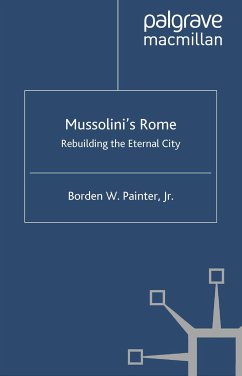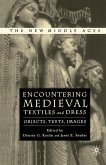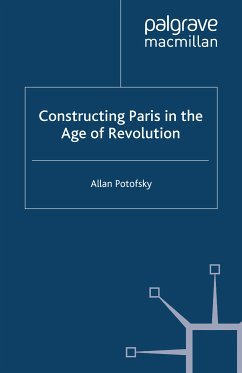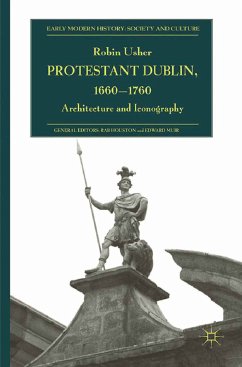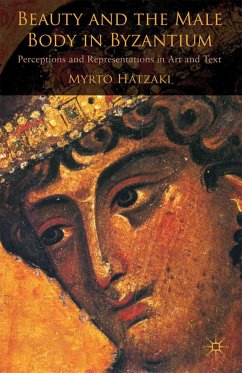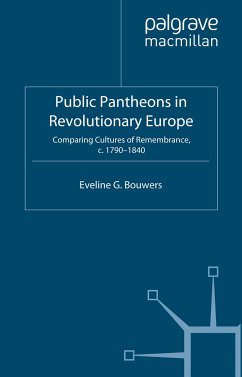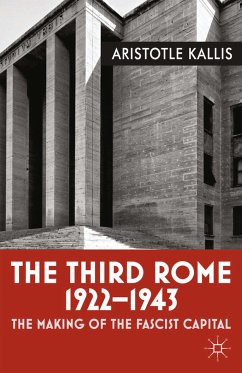Dieser Download kann aus rechtlichen Gründen nur mit Rechnungsadresse in A, B, BG, CY, CZ, D, DK, EW, E, FIN, F, GR, HR, H, IRL, I, LT, L, LR, M, NL, PL, P, R, S, SLO, SK ausgeliefert werden.
'Painter's able study displays what hides in plain sight in the Eternal City.' - Gilbert Taylor, Booklist
'From 1925 to 1940 Italian fascism changed in fundamental ways the urban geography of Rome. Borden Painter's extremely interesting and useful book traces Mussolini's passion for tearing down and rebuilding Rome, but, more than that, Painter uses the Fascist architectural project as a way of analyzing the values and aspiration of the regime. Along the way he studies the architects and planners of the regime who tore down large parts of Medieval Rome to highlight ancient imperial Rome, but who also constructed the sport centers, the buildings for government offices, and the new university city. It is an original and insightful view of Mussolini and his regime.' - Alexander De Grand, North Carolina State University, USA
'In showing how fascist projects changed the look and even the very fabric of Rome, Borden Painter's fascinating study significantly enhances our understanding of Mussolini's regime. Attentive to the unique challenges and opportunities the Roman setting provided, Painter skillfully traces the effort to blend traditional and modern, old and new, within the framework of confident self-assertion that characterized the fascist experiment. His account is based on exhaustive research and an impressive mastery of the growingscholarly literature on fascist culture, yet it is lively and accessible and it will appeal to specialists and general readers alike.' - David D. Roberts, University of Georgia, USA

